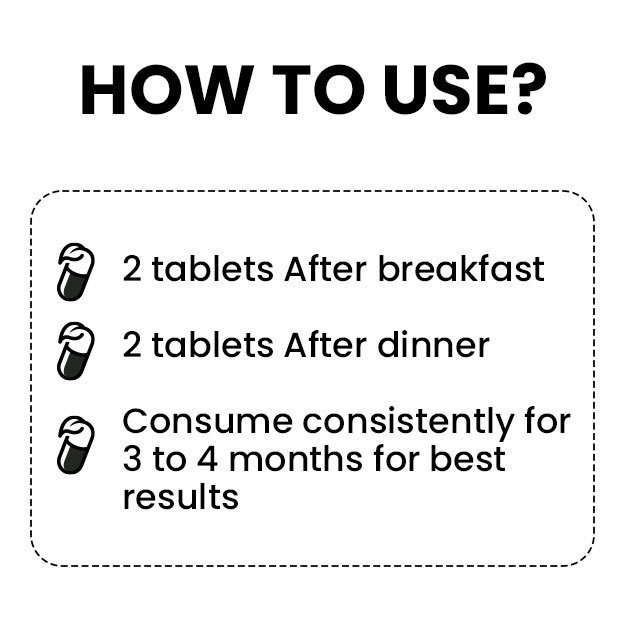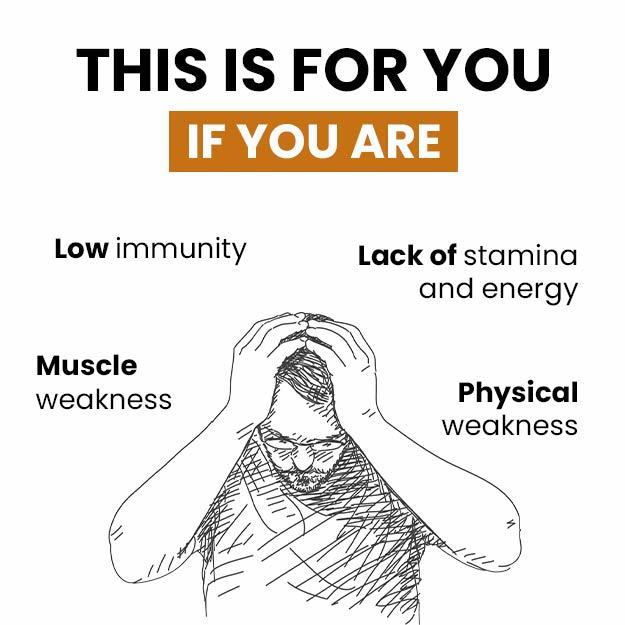What is an Antinuclear Antibody (ANA) test?
Our immune system is our main line of defence against invading pathogens and foreign substances, such as viruses and bacteria; however, in autoimmune disorders, such as rheumatoid arthritis and systemic lupus erythematosus (SLE), it starts attacking healthy tissues. This response results in the production of antinuclear antibodies or ANAs, which leads to inflammation and pain in tissues and organs.
An ANA test is done to detect and measure the amount and pattern of these antibodies in the bloodstream. Since these antibodies specifically target the nucleus, they are termed as ANAs.
When done along with a physical examination and additional tests, ANA test can help identify various autoimmune disorders.
Alternate terms for this test include ANA, Fluorescent Antinuclear Antibody, FANA or ANA screen.





























